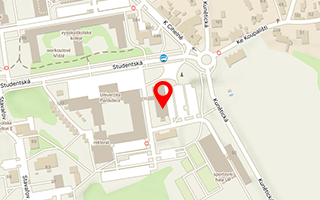Publikace detail
"Sculpting the Glauberg ""prince"". A traceological research of the Celtic sculpture and related fragments from the Glauberg (Hesse, Germany)"
Autoři:
Václavík Radek František | Trefny Martin | Mischka Doris | Cihla Michal | Posluschny Axel. G | Ney Wolfram | Mischka Carsten
Rok: 2022
Druh publikace: článek v odborném periodiku
Název zdroje: PLoS One
Název nakladatele: Public Library of Science
Místo vydání: San Francisco
Strana od-do: nestránkováno
